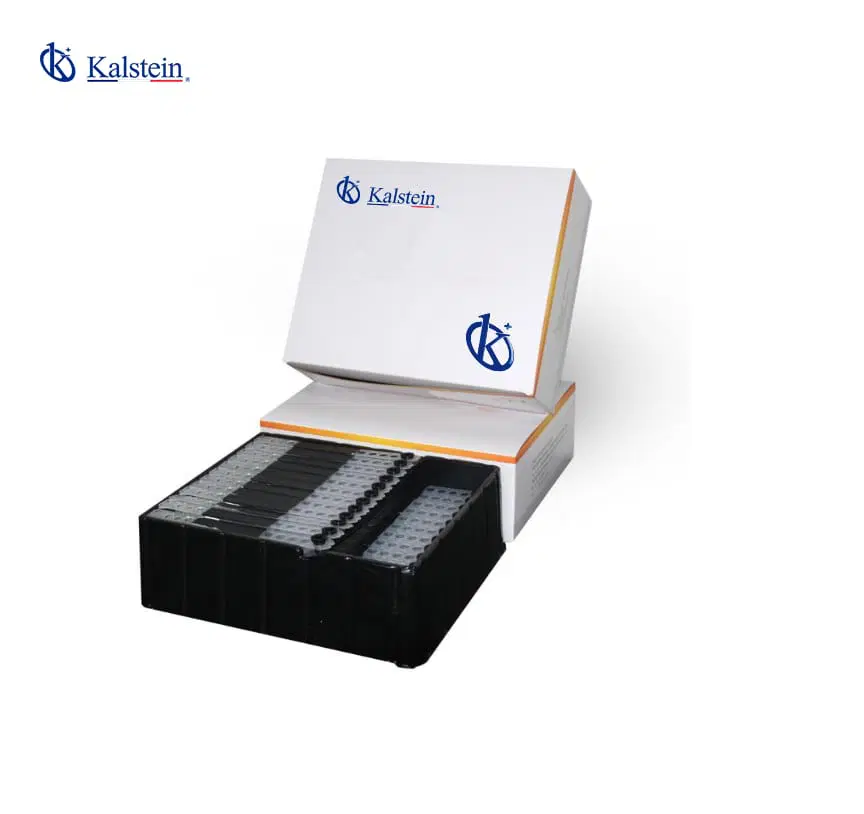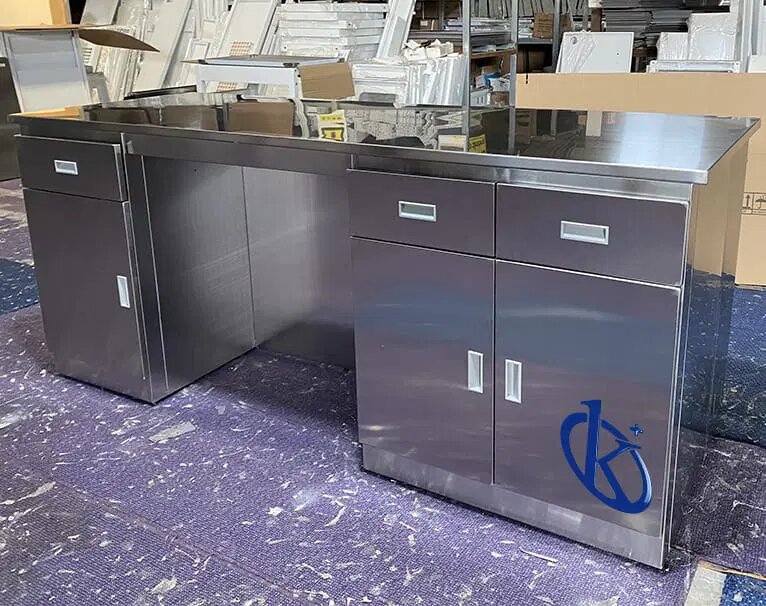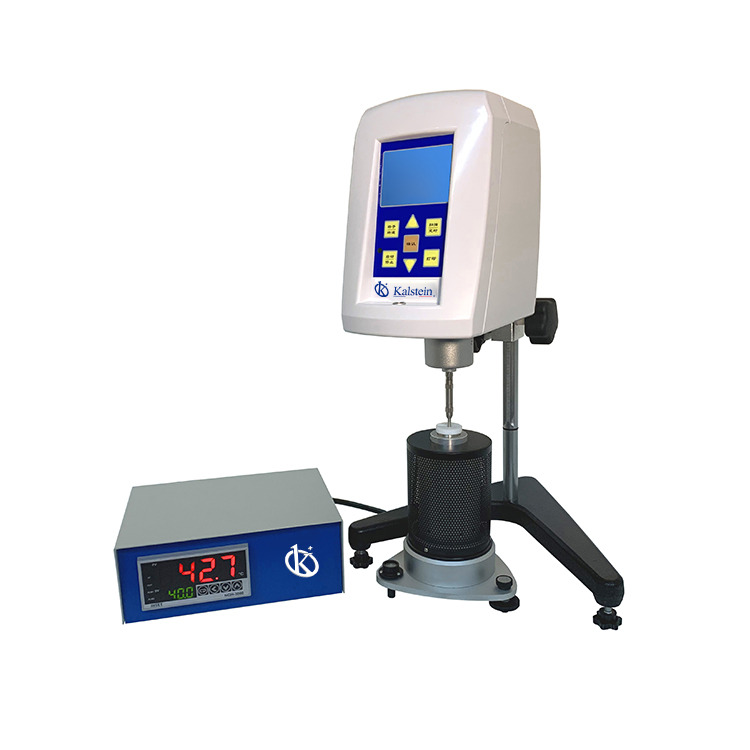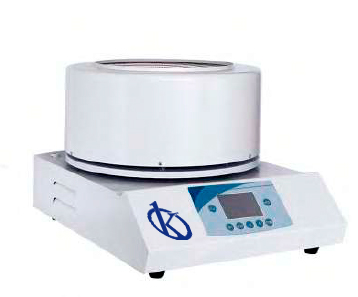Laboratory Consumables: Essential Materials for Uninterrupted Scientific Operations

Laboratory consumables are fundamental to ensuring the continuity of scientific research, as they are materials used regularly and indispensable in all types of laboratories.
Stainless Steel 304 Workbench: Durability and Cleanliness for Demanding Laboratories

Laboratory equipment must meet the highest standards of durability and cleanliness, two essential aspects in environments where precision and safety are paramount. When working with biological samples, chemicals, or any material that requires strict hygienic conditions, specialized furniture is essential.
Laboratory Workbench: Ergonomic Design for Scientific Operations

Efficiency and safety in a laboratory largely depend on having the right equipment. One of the essential components is the workbench, where critical activities are performed.
Improve Organization and Productivity in Your Laboratory

The organization and efficiency in a laboratory are crucial factors that can directly influence the productivity of technicians and scientists. To ensure that each task is performed optimally, having the right equipment is essential. In this article, I will discuss one of the solutions that has significantly optimized my work in the lab: workbench accessories.
Viscometer: Viscosity Control for Consistent and Reliable Testing

Precise viscosity control is crucial in a wide range of industries, from pharmaceuticals to food, petrochemicals, and cosmetics. Viscometers have been essential tools to ensure that products maintain their quality, consistency, and safety.
Transilluminator: Essential Technology for DNA and RNA Detection in Laboratories

The analysis of nucleic acids, such as DNA and RNA, is a critical task in any molecular biology laboratory. In this process, the transilluminator plays a key role as it allows the visualization of samples stained with fluorescent or intercalating dyes.
Sealing Machine: Efficient Solutions for Hermetic Packaging in Laboratories

In the world of science and technology, the need to preserve the integrity of materials and products is essential. In laboratories and clinical settings, one of the most important tools to achieve this is the sealing machine. This equipment not only ensures that products are properly packaged but also guarantees protection against contaminants and extends the shelf life of materials. After experiencing the use of various sealing machines throughout my professional career, I can affirm that these tools are crucial for maintaining the quality and efficacy of products in any laboratory.
Stair Wheelchairs: Innovative Solution for Overcoming Architectural Barriers

Architectural barriers, such as stairs, are often one of the biggest obstacles for people with reduced mobility. Over the years, we have seen various solutions to address this issue, but none have been as innovative and effective as stair wheelchairs. This type of wheelchair is specifically designed to allow the user to go up and down stairs safely, significantly improving their independence and mobility.
Heating Mantles: Uniform Heating and Stirring in Laboratory Processes

In laboratories, achieving uniform heat distribution and constant stirring is essential to obtaining reliable and reproducible results. Heating mantles, designed to efficiently heat and stir liquids, are indispensable in many scientific and chemical processes. Today, I want to share my experience with Kalstein’s heating mantles, which I have used in various laboratory applications, standing out for their precision and reliability.
Ultrasonic Cleaner: Deep Cleaning for Laboratory Instruments

In laboratories, cleaning instruments is an essential aspect to ensure accurate results and avoid cross-contamination. In my experience, using an ultrasonic cleaner has been fundamental in the daily lab routine as it provides deep and efficient cleaning without damaging delicate laboratory instruments. These devices work through high-frequency sound waves, generating bubbles that remove dirt, particles, and residues accumulated on instrument surfaces, even in the most inaccessible areas.
